A Minns Labor Government is continuing with its long term plan to redesign and repair the structure of the New South Wales health system by introducing minimum and enforceable safe staffing levels to public hospitals, starting with emergency departments.
The proposal will see an additional 1,200 nurses and midwives recruited into the system (above the government’s additional recruits outlined in 2022-23 NSW State Budget) within the first four years of a Labor Government, at a cost of $175 million.
Minimum and enforceable Safe Staffing Levels will start in Emergency Departments and be subsequently rolled out into other areas including ICUs, maternity wards, and Multi-Purpose Services in a staged approach and in consultation with healthcare professionals.
Under the proposal, hospitals will maintain safe nursing or midwifery staffing levels on a shift-by-shift basis, based on an area of care or speciality type; as well as treatment spaces or beds.
Nurses and midwives have long been calling for workforce reform, even before the emergence of COVID-19. However, the pandemic presented a breaking point for nurses, paramedics, hospital cleaners, allied health professionals, security guards and other health care heroes.
Hospitals that have been overwhelmed, under-resourced and severely neglected by the NSW Liberals and Nationals – particularly in Western Sydney, and regional and rural NSW – will benefit significantly from these landmark reforms.
After 12 years under the NSW Liberal and National Government, Western Sydney and regional and rural NSW have seen a deterioration of access to health services, including increased emergency department wait times, and delays in life-changing surgery.
Across the state, 42.9 per cent of the most critical emergency department patients did not have their treatment start on time – the highest on record since Bureau of Health Information reporting began in 2010.
In Western Sydney, this figure was a staggering two thirds (66.3 per cent) of urgent Western Sydney emergency department presentations not starting start on time.
Meanwhile, across the state, 76,117 patients left emergency departments without completing treatment – or one in 10. This is the highest number on record and a 68 per cent jump in just three years.
Research by tertiary qualified healthcare professionals, has shown safe staffing levels deliver better care, and are more cost effective.
The changes will be implemented by converting the existing Nursing Hours Per Patient Day staffing requirement into minimum and enforceable Safe Staffing Levels within the Public Health System Nurses’ and Midwives’ (State) Award.
Chris Minns, NSW Labor Leader:
“Our health system was in crisis before the pandemic, but after getting us through multiple waves of COVID-19, we owe it to our health workers to fix this.
“After more than a decade of the NSW Liberals and Nationals in government, our health system needs structural repair.
“Experienced nurses and midwives are either dropping their working hours or worse, leaving the system altogether because they’re not supported enough in the workplace and see the workloads as untenable.
“These changes will see more health staff retained, working in areas that need them the most, and it means better outcomes for patients and the level of care they will receive in New South Wales.”
Ryan Park, NSW Shadow Minister for Health:
“Our health system doesn’t have a recruitment problem, it has a retention problem, because our hospitals are overstretched and under-resourced.
“After 12 years of neglect of our health system, the people of New South Wales rightly don’t trust the Liberals and Nationals to turn things around at the 11th hour.
“The first phase is a $150 million commitment to fund an additional 500 paramedics in Labor’s first term, to ease the burden of chronic paramedic shortages and the unprecedented strain on our rural and regional health system.”
Daniel Mookhey, NSW Shadow Treasurer:
“NSW Labor has spent the better part of 7 months sitting down respectfully at the table, negotiating in good faith with the workforce.
“It shows what’s possible when you’re prepared to listen to our health care heroes instead of insulting them.
“This model is affordable within the fiscal environment, after 12 years of waste, debt and deficit under the NSW Liberals and Nationals.”


